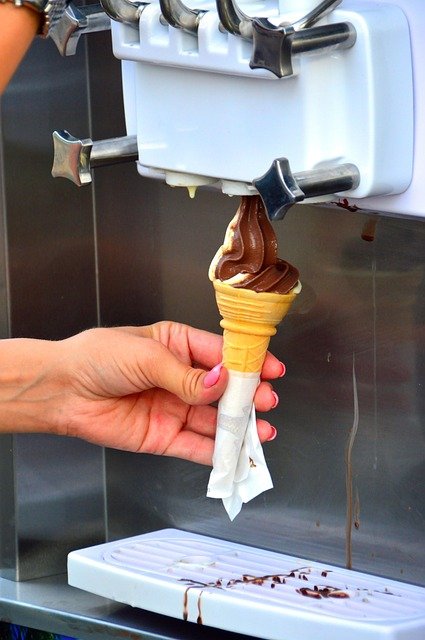Commercial Ice Makers: Types, Capacity, Efficiency, Maintenance
July 9, 2025 | by li, moniker

Commercial ice makers are essential for businesses in the hospitality, food service, and healthcare industries, ensuring a steady supply of ice for beverages, food preservation, and medical applications. Unlike residential models, commercial ice makers are built for durability, high production capacity, and efficiency, catering to establishments with heavy ice demands. This article explores the key aspects of choosing the right commercial ice maker, including types of ice produced, capacity considerations, energy efficiency, and maintenance requirements. Whether you run a bar, restaurant, or hospital, understanding these factors will help you invest in a machine that meets your operational needs while optimizing cost and performance.
Types of Commercial Ice Makers and Their Applications
Not all ice is created equal, and different businesses require specific types of ice for optimal functionality. The most common varieties include:
- Cubed ice – Ideal for bars and restaurants due to its slow melt rate, keeping drinks cold without excessive dilution.
- Flake ice – Preferred in healthcare settings and seafood displays because of its malleable texture and rapid cooling properties.
- Nugget ice – A favorite in fast-food chains and hospitals for its chewable consistency and quick cooling ability.
Choosing the right type depends on your business needs. For example, a Commercial Ice Maker producing nugget ice may be perfect for a smoothie shop, while a high-capacity cubed ice machine suits a busy nightclub.
Capacity and Production Rates
Determining the right production capacity is crucial to avoid shortages or unnecessary energy costs. Commercial ice makers are categorized by their daily output, typically ranging from 100 to 1,000+ pounds. Key considerations include:
- Peak demand hours – A restaurant during dinner service will need more ice than a small café.
- Storage capabilities – Machines with built-in storage bins help manage supply during high-traffic periods.
- Climate – Hotter environments may require higher production rates due to increased ice melt.
Investing in a machine that aligns with your business’s consumption patterns ensures efficiency and cost-effectiveness.
Energy Efficiency and Cost Savings
Commercial ice makers consume significant energy, making efficiency a top priority. Look for models with:
- ENERGY STAR certification – Indicates lower power consumption without sacrificing performance.
- Air-cooled vs. water-cooled systems – Air-cooled units are more energy-efficient but may require better ventilation.
- Automatic shut-off features – Reduces waste by stopping production when storage bins are full.
While high-efficiency models may have a higher upfront cost, they lead to long-term savings on utility bills, making them a smart investment for businesses.
Maintenance and Longevity
Proper maintenance extends the lifespan of a commercial ice maker and ensures consistent ice quality. Essential upkeep includes:
- Regular cleaning – Prevents mold and mineral buildup that can affect ice taste and machine efficiency.
- Filter replacements – Ensures clean water supply, reducing scaling and corrosion.
- Professional servicing – Annual inspections help detect issues before they lead to costly repairs.
Neglecting maintenance can result in downtime and expensive replacements, so establishing a routine care schedule is critical.
Choosing the right commercial ice maker involves evaluating ice type, production capacity, energy efficiency, and maintenance needs. Each factor plays a vital role in ensuring your business operates smoothly without unnecessary expenses. Whether you need a high-capacity Commercial Ice Maker for a bustling hotel or a compact flake ice machine for a medical facility, understanding these elements will guide your purchase decision. Investing in a quality machine tailored to your needs not only enhances operational efficiency but also maximizes return on investment over time.
RELATED POSTS
View all

